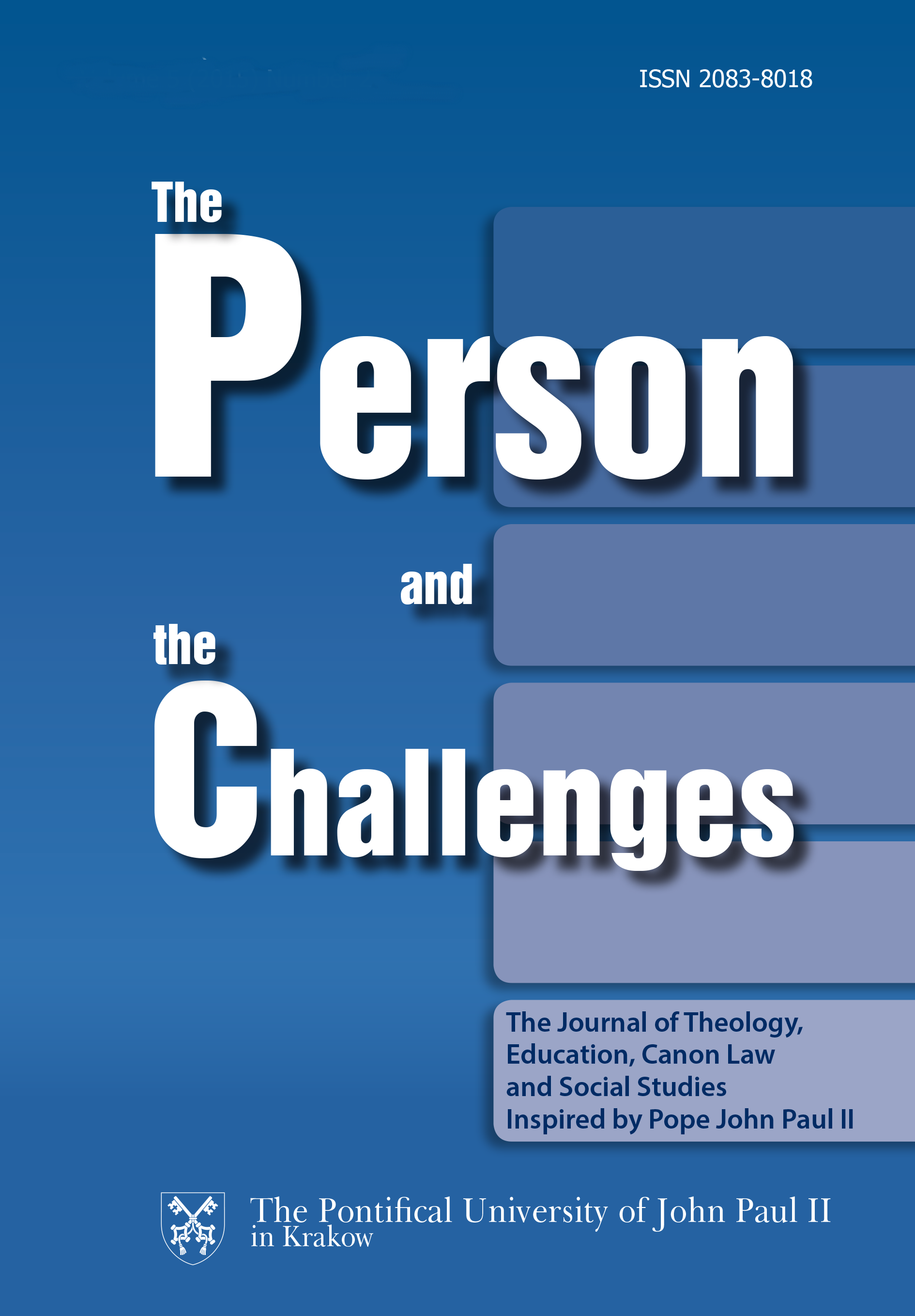The Historical and religious conditions of the split of Sudan...in the context of Christian-Muslim relationships
The Historical and religious conditions of the split of Sudan...in the context of Christian-Muslim relationships
Author(s): Waldemar CisłoSubject(s): History of Islam
Published by: Wydawnictwo Naukowe Uniwersytetu Papieskiego Jana Pawła II w Krakowie
Keywords: South Sudan; North Sudan; Split of Sudan; Violations of human rights; Persecution of Christians; Islamisation
Summary/Abstract: The split into the predominantly Muslim Northern Sudan, and Southern Sudan with a Christian and animist majority, had been emerging in the course of many centuries. Without any doubt, one is bound to mention the natural and geographical boundaries, the ethnical diversity of the regions, the influence exercised during the centuries by the Egyptians, Arabs and later on by the British. According to the opinions of some experts on the subject, there can be two distinct matters that have contributed to the split of the North and the South. These were education and religion. Apart from education, also the issue of religion was dividing the Sudan. After the declaration of independence on January 1, 1954 all the Christian private schools in the South were closed down. There remained only state schools with Arabic as the language of instruction and with the upbringing model based on the Koran teaching. Having obtained political independence, the fears of the British administration and Christian missionaries became a reality: Islam was made the state religion. The only way to attain an occupational and social status was to convert to Islam. Frequently, this took place according to the rule of an already accomplished fact or by pressure. In the context of Sudan, one of the biggest country in Africa, with its population of over 37 million, made up of 70 per cent Muslim believers , 14 per cent of Christians, and 12 per cent of animists, it is of great importance for the perception of fundamentalism to be familiar with the history of this country.
- Issue Year: 4/2014
- Issue No: 1
- Page Range: 203-221
- Page Count: 19
- Language: English

